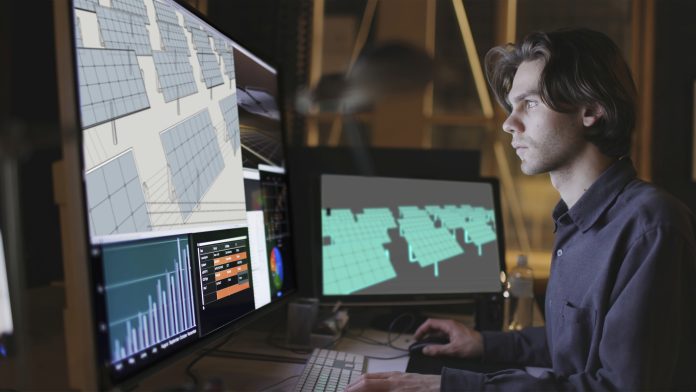Scientists from the U.S. Department of Energy’s Argonne National Laboratory have been honoured with the 2025 Royal Society of Chemistry’s Materials Chemistry Horizon Prize for their breakthrough solar cell research
The award recognises their role in a groundbreaking global collaboration that used artificial intelligence (AI) to accelerate the discovery and development of advanced materials for solar energy.
The winning team, made up of 89 researchers across five continents, includes experts from Argonne, the University of Cambridge, STFC Rutherford Appleton Laboratory, the Australian National Science and Technology Organisation, and several other international institutions.
Their work merges chemistry, AI, and high-performance computing to transform how solar cell materials are discovered and optimised.
Accelerating solar cell innovation with AI
The team’s research focused on organic dye-sensitised solar cells, an alternative to traditional silicon-based solar panels. Using AI-powered software and large-scale simulations, the team screened nearly 10,000 organic dyes to identify those with the most promising properties for solar energy capture.
A key part of the effort involved building a high-throughput, automated workflow that combined data mining, machine learning, and quantum chemistry. This allowed the researchers to rapidly evaluate dyes based on properties like molecular structure, polarity, and light absorption. The process helped narrow the field to just five top-performing candidates, which were later validated in lab experiments and prototype devices.
Supercomputing powers discovery
Most of the work was made possible through the Argonne Leadership Computing Facility (ALCF), one of the world’s leading supercomputing centers. The ALCF enabled the team to perform massive, detailed simulations at speed and scale, helping turn a traditionally trial-and-error process into a targeted, accelerated pathway.
By combining experimental and computational data into an open-source dye database, the team has created a strong base for future research. These tools are now being reused in other areas like battery design, magnetism, and optoelectronics, showing their wide applicability across materials science.
Open source tools for global impact
One of the most valuable outcomes of the project is the development of open-source materials databases and chemistry-aware AI tools. Scientists around the world are already using these resources to speed up the discovery of advanced materials for a variety of applications.
The software allows researchers to explore large datasets, simulate chemical properties, and make predictions about new materials with unprecedented efficiency. This shortens the “molecule-to-market” timeline, helping scientific breakthroughs translate more quickly into real-world technologies.
This award-winning project shows the power of global collaboration in scientific research. The team’s success highlights the benefits that come from combining the expertise of universities, national laboratories, and research institutions across countries and disciplines.
By working together, the group has advanced solar cell technology and also built a technological foundation that can be applied to a wide range of clean energy and materials challenges.











